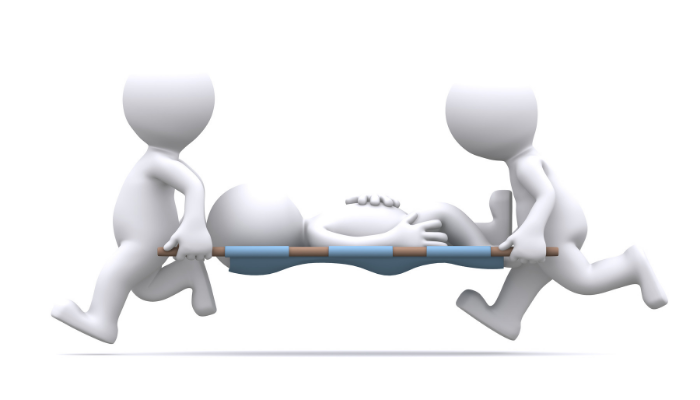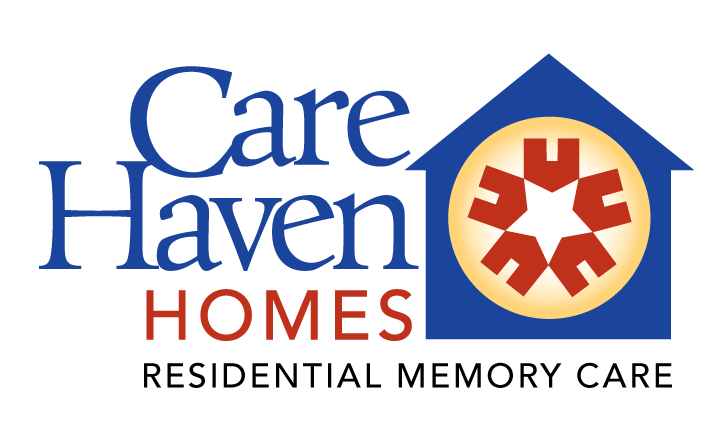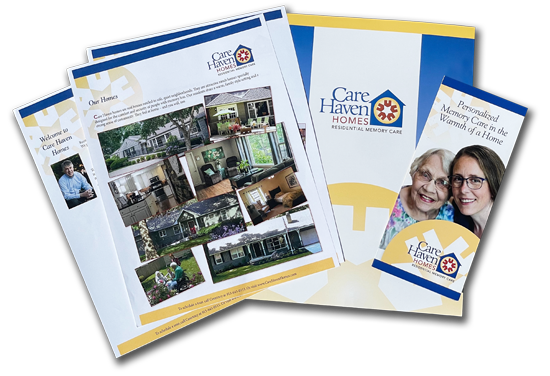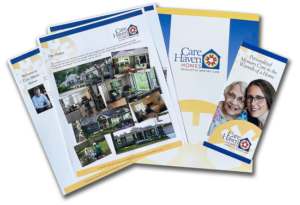It’s NOT a Trick Question!
In most health care settings, caregivers support and guide residents as they move about. However, people rely on their own strength to roll over, sit up, stand and sit down again. If someone is too weak or unsteady to do this safely, we call them a “two-person transfer.” That is to say, they require the help of two trained caregivers to change position.

It’s NOT a Trick Question!
In most health care settings, caregivers support and guide residents as they move about. However, people rely on their own strength to roll over, sit up, stand and sit down again. If someone is too weak or unsteady to do this safely, we call them a “two-person transfer.” That is to say, they require the help of two trained caregivers to change position.

Anyone designated a two-person transfer needs help from two caregivers EVERY time they get up from the table. They need it again as they ease into a wheelchair, prepare to toilet or even slide over in bed.
A Two-Person Transfer Requires Skilled Caregivers
To provide such help, a caregiver must
- Watch carefully (even people without dementia forget or refuse to ask for help).
- Count on the assistance of a strong, capable partner.
- Note and steer clear of hazards: awkward positions — wobbly or rolling furniture — a resident’s resistance or confusion mid-transfer — spasms or other sudden, unexpected moves.
- Know how and when to use safety equipment for especially tricky maneuvers.
Many assisted living facilities don’t have the equipment or personnel for a two-person transfer. Memory care and assisted living facilities that offer this level of assistance must maintain higher staffing levels. That’s because caregivers frequently have to “double-up” for such moves throughout the day while at the same time attending to other frail residents.
Care facilities increasingly prioritize caregiver safety, too. Lifts and other transfers, done incorrectly, cause serious injuries. According to the U.S. Bureau of Labor Statistics, employees who work in nursing and residential care facilities suffer injuries at a rate higher than those in most other occupations. Specifically, a nursing assistant is more likely to suffer a nonfatal injury than someone working in mining, construction or oil and gas extraction. These unquestionably are the sorts of accidents that interrupt or even end careers.
10 Tips for Safe Transfers
We follow these guidelines in our Care Haven Homes:
- A two-person transfer takes no less than two qualified assistants. (It’s important to realize that an untrained family member or a trained caregiver on light duty is NOT qualified.)
- One “muscle man” can’t replace two trained caregivers. Large, strong individuals who use the wrong techniques suffer serious injury, too. That’s because safe transfers rely less on brute force than careful teamwork.
- Use a gait belt and other safety gear. However, remember that equipment can’t replace the help of fellow caregivers.
- If a person is designated a two-person transfer, then you CAN’T count on their help. Instead, assume they lack strength, understanding and the ability to cooperate.
- Any transfer is challenging, so carefully plan your movements. Remove obstacles and secure beds or seats that might slip out of place.
- Check body mechanics, both yours and those of the person you’re moving. Be sure you’re each stable and balanced. A transfer is safe only if it avoids injury to EVERYONE involved.
- Decide which caregiver directs the transfer and, as importantly, which carefully listens for directions.
- Stand at and support the weaker side of the person you’re helping.
- Always let the person you’re moving know what to expect. Above all, be kind and help them maintain their dignity.
- Finally, be aware of your body’s position and movement:
- Whenever possible, attempt to slide, shift or pivot rather than lift.
- Keep the person’s center of mass as close as possible to your center of mass.
- Lift with your legs, bending with the curves of your hips and knees.
- Turn with your feet, not at your waist. Never jerk or twist your back, shoulders or arms.


